Colorado to Approve First State Water Plan
Plan will endorse conservation, storage, and agricultural transfers as strategies to address projected water shortfall
By Brett Walton
Circle of Blue
On November 19, the Colorado Water Conservation Board will approve the state’s first water plan. Ten years in development, the plan represents a dry western state’s bid to shift the political alliances, water use principles, and infrastructure investment strategies to meet the water supply challenges of this century, according to its architects.
The plan itself is broad but thin. Though Colorado has a long history of local control over development, the Colorado plan is a first attempt to write a comprehensive narrative about water use that boosts the state’s influence in deciding actions to ensure water supply.
The need is urgent. Colorado, like other western states, is experiencing rapid ecological and social change. It is one of the fastest growing states in the country. Snowfall and precipitation are increasingly erratic and temperatures are rising. State planners forecast a municipal water supply shortfall by 2050 that could equal 560,000 acre-feet, or 60 percent more than current demand. Farmers and rural communities, accustomed to controlling most of the state’s water, now feel the pressure of urban growth as cities vie for new water supplies. Rafting guides, fishing groups, and environmental advocates worry that protections for river flows are too weak.
To ensure adequate water is available for all uses, the Colorado plan recommends a range of responses: increasing reservoir storage by raising the height of existing dams, investing in water-saving practices, and facilitating transfers of water from farms to cities in ways that do not shatter rural economies. The plan also attempts to calm the conflict between several combative constituencies: politically powerful cities on the Front Range that want more water diverted across the Continental Divide, mountain towns on the Western Slope of the Rockies that are leery of an urban water-grab, and the farm sector, which consumes 89 percent of the state’s water.
The plan will not endorse specific projects, such as a controversial diversion of water across the Rockies, according to James Eklund, the state’s chief water planner.
Colorado is the latest state to take stock of its water resources and outline a path for reconciling a limited supply with the demands of anticipated growth. Arkansas, California, Montana, and Texas are among more than one dozen states to submit new water plans in the last three years.
A number of changes were made to Colorado’s water plan since a second draft was published in July. The water board added a list of “measurable objectives,” which establish targets for the plan’s main strategies. The targets include:
- 400,000 acre-feet of municipal and industrial water conservation by 2050
- 400,000 acre-feet of new storage capacity by 2050
- 50,000 acre-feet of agricultural water transfers that do not permanently dry up farmland
- Develop protection plans for 80 percent of critical watersheds by 2030
- Raise $US 3 billion in state funding by 2050 to help implement the plan
- Incorporate water planning into local land-use plans that cover at least 75 percent of the state’s population
“If we hit the measurable objectives, we’re going in the right direction,” Eklund told Circle of Blue. “We think that by addressing the supply side with storage and the demand side with conservation we can cut that deficit by 2030.”
Next Steps
After the board adopts the plan it will be sent to Governor John Hickenlooper for final approval. Then local and state agencies will begin turning words into action.
Eklund said that the governor will likely argue in favor of addressing the “low hanging fruit” first: expansion of existing reservoirs and investigations of the feasibility of storing water underground in aquifers. The former will face formidable opposition from the state’s environmental and recreation community, which argues that rivers are already overextended. Two reservoir projects — an expansion of Denver Water’s Gross Reservoir and the construction of Chimney Hollow Reservoir as part of Northern Colorado Water Conservancy District’s Windy Gap Firming Project — are being reviewed by the U.S. Army Corps of Engineers with a permit decision expected next year.
To implement the plan, a mix of new legislation, board policies, and local responses will be necessary. A number of actions will take place immediately following approval, to “strike while the iron is hot,” Eklund said. The state will begin assessing potential locations for storing water underground and for expanding existing reservoirs. Officials will work with local districts and utilities to boost conservation. They will also seek to lower the legal barriers for land fallowing agreements, temporary leases, and other means of temporarily moving water from farms to cities. Currently these methods require more paperwork and bureaucratic maneuvers than outright purchases of a water right.
The measures are necessary because consequential changes are coming. Colorado’s population is expected to swell by 73 percent by 2050, to 9.2 million. If the world keeps pumping carbon into the atmosphere, Denver’s climate may be more like Albuquerque’s by then. As such, completing the water plan only opens the door to more discussion and debate.
“It feels like we’re ending a marathon, crossing the finish line and having the gun go off for the next marathon,” Eklund said.
Bridging the Divides
Developing the plan was not without controversy. Western Slope communities, a largely rural area west of the Continental Divide, do not want to be a “sacrifice zone” for solving the Front Range’s growth problems, according to Jim Pokrandt of the Colorado River District, which serves 15 Western Slope counties. They do not the region’s farms and recreation economy to be at the mercy of city planners.
Environmental groups criticize the plan as putting too much emphasis on dams and river diversions, what they say are 20th century water-development models.
Some Front Range cities, however, thought the draft plans too biased against urban growth and too dismissive of the value that urban water use plays in the state economy and in creating livable cities. Colorado Springs Utilities wanted the final plan to affirm support for a transmountain diversion that would bring more water to the region where more than four out of five Coloradoans live. There are already 44 canals, ditches, or pipelines — small large, some tiny — that divert water in Colorado from one basin to another.
A statement supporting another diversion is not in the final plan, according to Eklund. A different affirmation, however, is. In August, water groups from the Front Range and Western Slope alleviated some of the tension over water supply when they agreed to a framework for discussing a transmountain diversion. The framework has been incorporated into the plan.
Western Slope water users are also concerned about items that are not in the plan. They worry that state authorities are not doing enough to prepare for a potential curtailment of the Colorado River. That would happen if states in the upper basin are not able to deliver enough water to Arizona, California, and Nevada. Colorado officials have not determined how the burden of reducing Colorado River water use would be shared among the many users.
“Curtailment is going to affect the whole state,” Pokrandt told Circle of Blue, noting that Denver and Colorado Springs have water rights that could be reduced. “How is that going to work under the appropriation system?”
Many more questions must be answered as Colorado attempts to balance supply and demand, but at least the years of meetings that preceded the plan have produced a common language for negotiations, according to Patrick Wells, water resources planning supervisor at Colorado Springs Utilities.
“The real benefit of the planning process is that we understand our water issues better,” Wells told Circle of Blue. “We have built relationships and trust so that we can start having tough conversations.”
Brett writes about agriculture, energy, infrastructure, and the politics and economics of water in the United States. He also writes the Federal Water Tap, Circle of Blue’s weekly digest of U.S. government water news. He is the winner of two Society of Environmental Journalists reporting awards, one of the top honors in American environmental journalism: first place for explanatory reporting for a series on septic system pollution in the United States(2016) and third place for beat reporting in a small market (2014). He received the Sierra Club’s Distinguished Service Award in 2018. Brett lives in Seattle, where he hikes the mountains and bakes pies. Contact Brett Walton

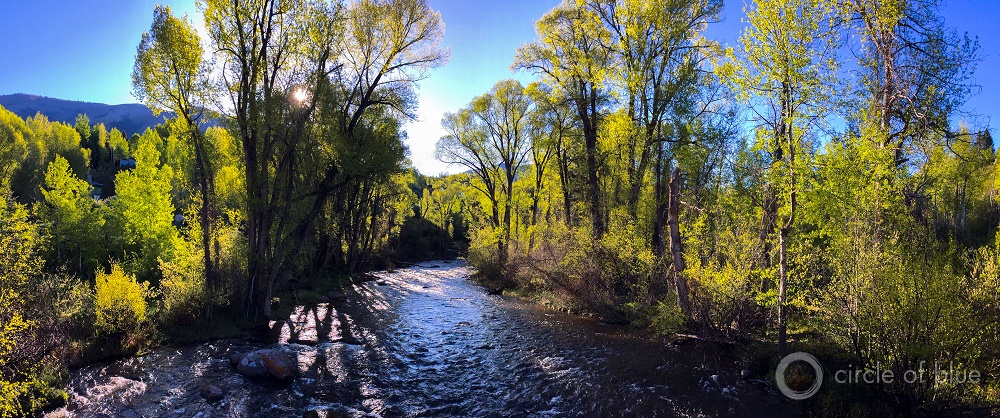


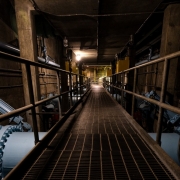
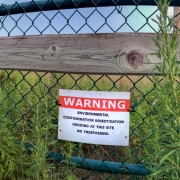

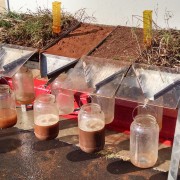
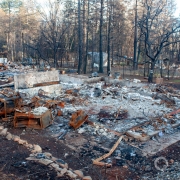



Leave a Reply
Want to join the discussion?Feel free to contribute!